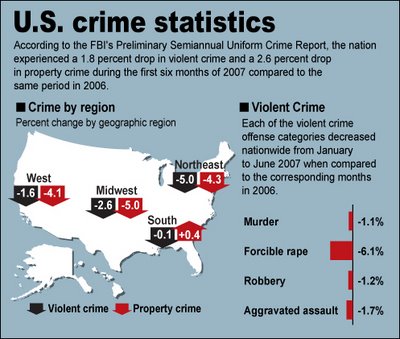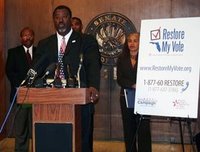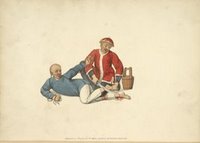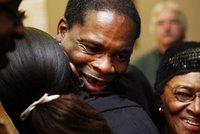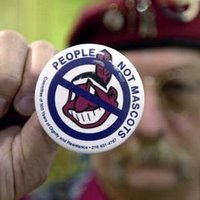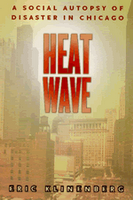 february’s runner’s world offers a fine feature on the 2007 lasalle bank chicago marathon, titled meltdown: what really happened in chicago. i was hoping this might be an eric klinenberg piece, since i learned much from his heat wave: a social autopsy of disaster in chicago and i love his writing.
february’s runner’s world offers a fine feature on the 2007 lasalle bank chicago marathon, titled meltdown: what really happened in chicago. i was hoping this might be an eric klinenberg piece, since i learned much from his heat wave: a social autopsy of disaster in chicago and i love his writing.
alas, meltdown was written by david thigpen, a former time correspondent. just as professor klinenberg, however, mr. thigpen dug deep to tell the ecological and institutional story behind another hot day in chicago.
of course, the consequences of the 2007 chicago marathon — which was, after all, a leisure activity — pale in comparison to the hundreds of deaths in the 1995 heat wave. nevertheless, the race was run on the hottest october 7th in chicago’s history. over 36,000 runners began the marathon, 185 visited the emergency room, and one died. since october, there have been allegations of mismanagement, with aid stations running dry, lost ambulances, a breakdown in race-day etiquette (e.g., pushin’ and shovin’ and punchin’), and indecision regarding such basics as who won the race and whether the course was ever officially closed.
runner’s world offered a sidebar to the chicago story, even hotter? same day, same scorching conditions, but no drama at twin cities. if this were a social science article, the twin cities might make for a decent comparative case. according to the sidebar, the rate of medical treatment and hospital transport was actually higher in minneapolis than in chicago. why did similar conditions fail to produce the same drama? there are some critical differences between the races, particularly in the size of the field (twin cities has about 8,100 starters, madison far fewer), but the races share similar weather problems and demographics (with many first-timers and old-timers).
i happened to run the twin cities marathon on october 7th, the slowest of my marathons over the years (for the record, the 2006 madison marathon seemed just as steamy to me). racers were already sharing gallows humor as we lined up in the chute, sweaty already by 7 am. nevertheless, i’ve never had any problems finding enough water on the course in minneapolis or madison, and runners seem to get the medical attention they need. in fact, i actually grumbled in last year’s marathon post about the overattentive twin cities marathon medical folks, saying “i managed to keep my sorry carcass off the meat wagon for another year — they were circling like vultures after mile 21…”
when i ran chicago in the late 1990s, it too seemed well-organized. back then, however, it was significantly smaller. perhaps its rapid growth — from 10,000 total registrants in 1994 to 33,000 in 2000 to 45,000 last year –brought on logistical problems.
i don’t have the data to conduct a social autopsy of the two races, though such an analysis might make for an interesting kinesiology or management thesis. my point is only that good journalism sometimes calls out for sociological analysis. as eric klinenberg recently demonstrated in heat wave, such an analysis can help uncover the social structure guiding events that might otherwise be considered acts of god or individual pathologies.



